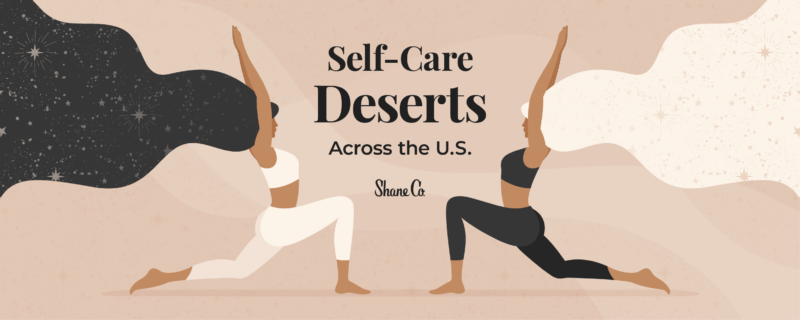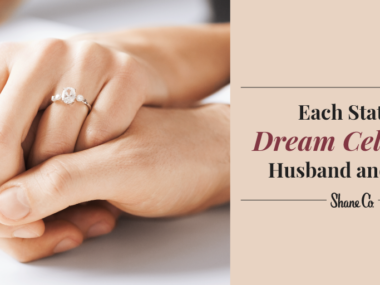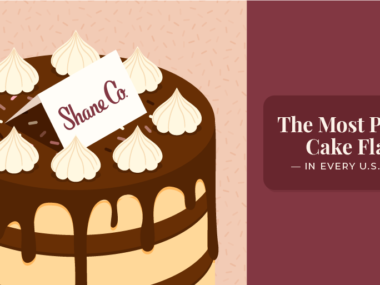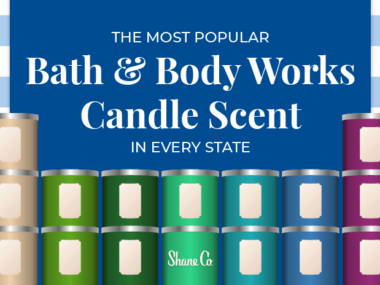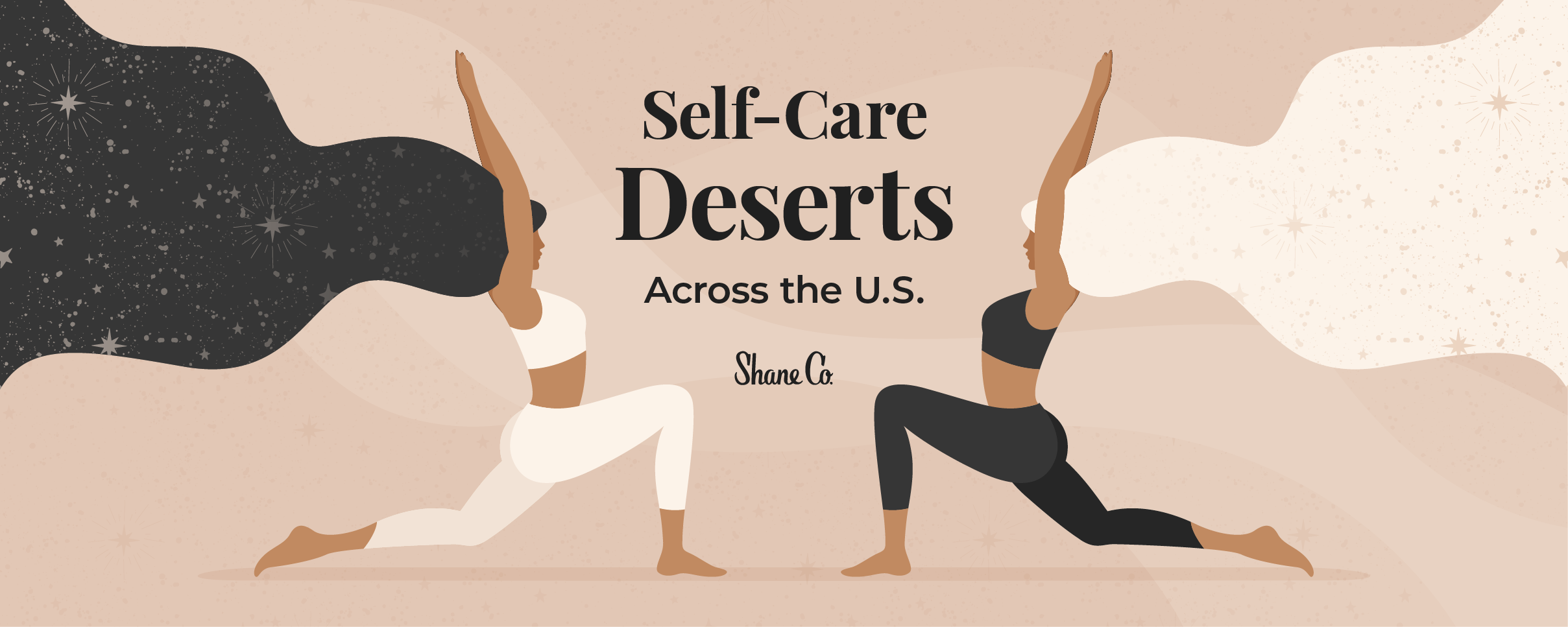
Self-care is an essential pillar of maintaining and nurturing our mental health, allowing us to recharge, find balance, and cultivate overall well-being. However, the reality is not all Americans have equal access to the resources needed to treat themselves with care.
By examining the availability of mental health services, wellness facilities, support groups, and other vital resources, we’ll analyze which cities are the best and worst for treating yourself. Join us on this exploration of self-care deserts and oases, and see where your city stacks up!
Top Self-Care Hotspots

An unsuspecting contender claims the top spot for access to self-care: Bridgeport, Connecticut. When it comes to self-care resources, Bridgeport offers an impressive count of 262 spas, 444 gyms, and 274 therapists, offering its residents a multitude of options to prioritize their mental health and overall well-being.
Denver, Colorado, is not far behind, with 2,748 self-care locations, or 92.4 per 100,000 residents. Denver secures its position with a notable presence of 180 yoga studios, providing its residents with abundant opportunities to nurture their inner peace.
Claiming the third spot as a top city for self-care, San Diego, California, offers its residents a wealth of resources to prioritize their mental health, including a diverse range of wellness centers, meditation studios, and recreational facilities, ensuring a vibrant and thriving culture of self-care. For outdoor enthusiasts, San Diego has nearly 100 hiking trail options, meaning you’ll never have to take the same hike twice.
Top Self-Care Deserts
On the other hand, McAllen, Texas, emerges as the unfortunate frontrunner for the title of the worst U.S. city for self-care, leaving its residents with limited options to prioritize their mental well-being. McAllen has a total of 380 self-care locations — or 43.2 per 100,000 residents. McAllen lacks the most in mental self-care spots, with just three life coaches and five meditation centers within city borders.
Following closely behind, Bakersfield, California, also grapples with inadequate access to self-care resources, placing it as the second worst U.S. city for individuals seeking to put themselves first. While Bakersfield is home to 400 self-care spots, that amounts to just 43.6 per 100,000 residents, compared to the average U.S. city which has upwards of 70.
From coast to coast there are opportunities to increase the number of self-care spots. Florida cities round out the top five, with Sarasota, Daytona Beach, and Lakeland respectively ranking third, fourth, and fifth. Despite its sun-soaked reputation, the three cities each have limited access to hiking trails and yoga studios compared to the rest of the nation.
Full Dataset
Interested to see how your city stacks up? Click through our interactive table to view our full dataset.
Closing Thoughts
Ultimately, it’s clear that when it comes to self-care, not all cities are created equal. At the same time, everyone’s self-care routines are unique, as everyone has their own preferences, needs, and circumstances that influence the way they prioritize and engage in self-care practices. Self-care looks different for everyone, which means ideal environments might also look different based on your routine.
Sometimes the best form of self-care is retail therapy. Indulge yourself by looking through our gorgeous selection of fine jewelry, and treat yourself with the diamond of your dreams.
Methodology
In order to identify self-care deserts and hotspots, we analyzed the number of locations for eight self-care categories in 100 of the largest U.S. cities. Our mental factors included the number of therapists, life coaches, meditation centers, and spas, while physical factors included the number of gyms, yoga studios, healthy food spots, and hiking trails. All of our data was collected from Yelp and Yellowpages.
Our “Self-Care Score” considers both the overall number of locations and the number of locations per 100,000 residents. A perfect score of 100 would indicate the best access to self-care, while 0 would indicate the worst.
Editor’s Note: This post was originally published August 7, 2023 and has been updated for accuracy and comprehensiveness.
